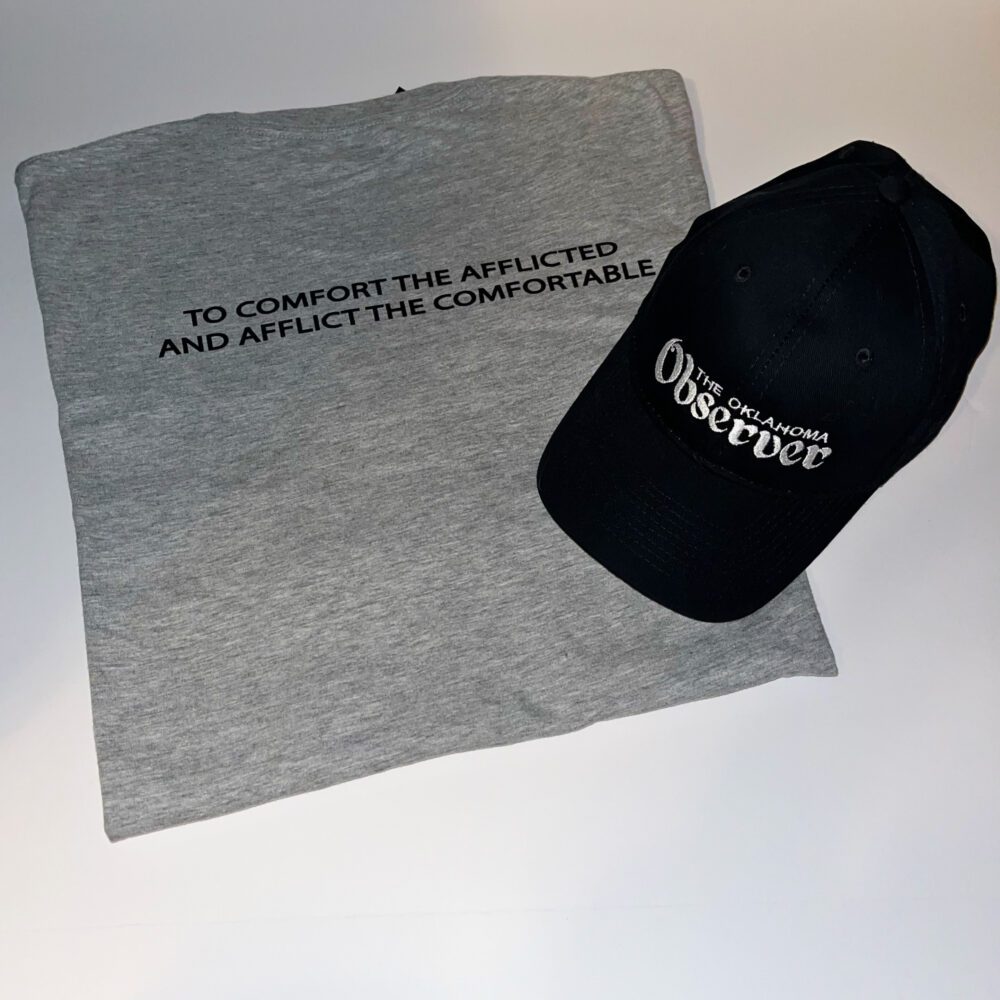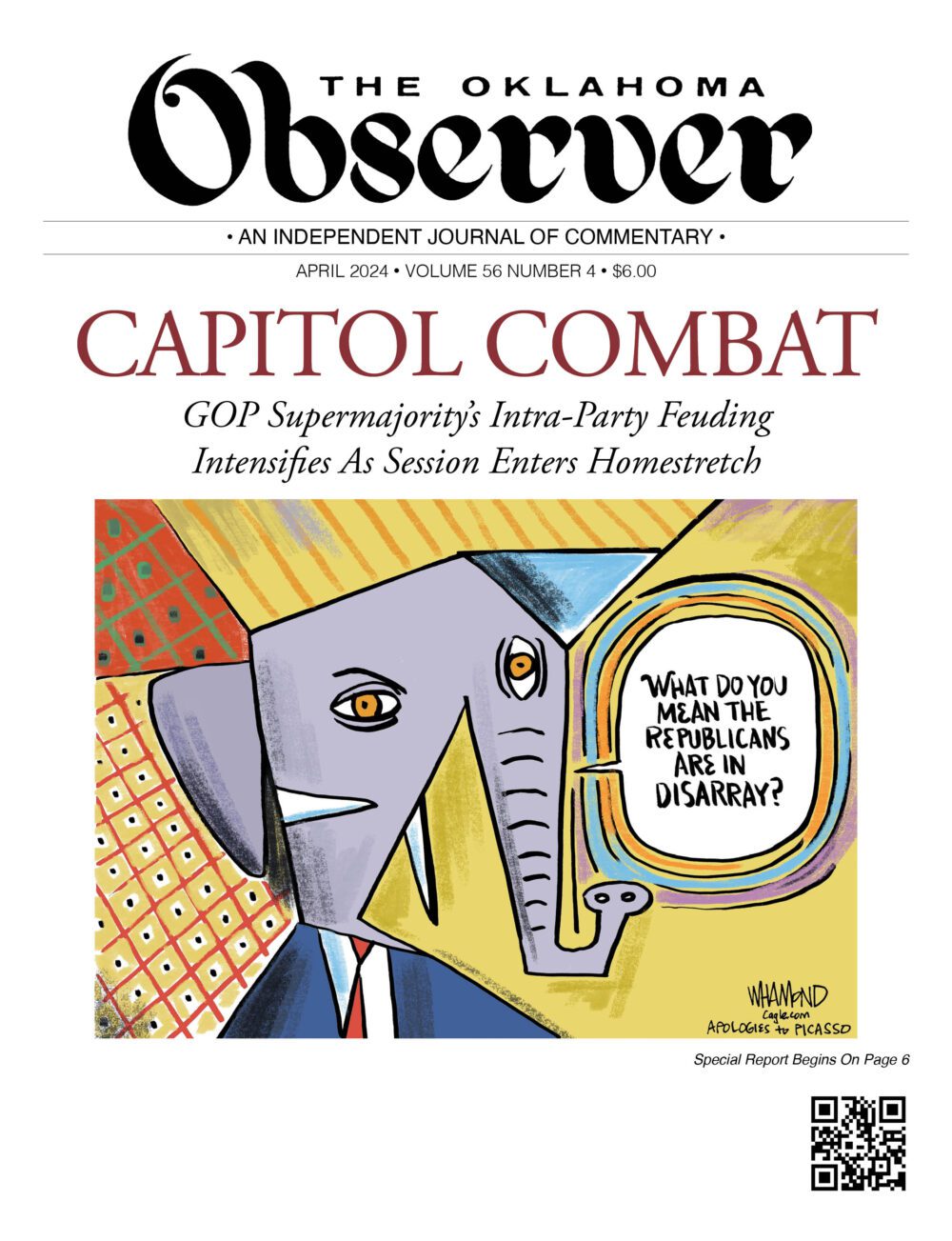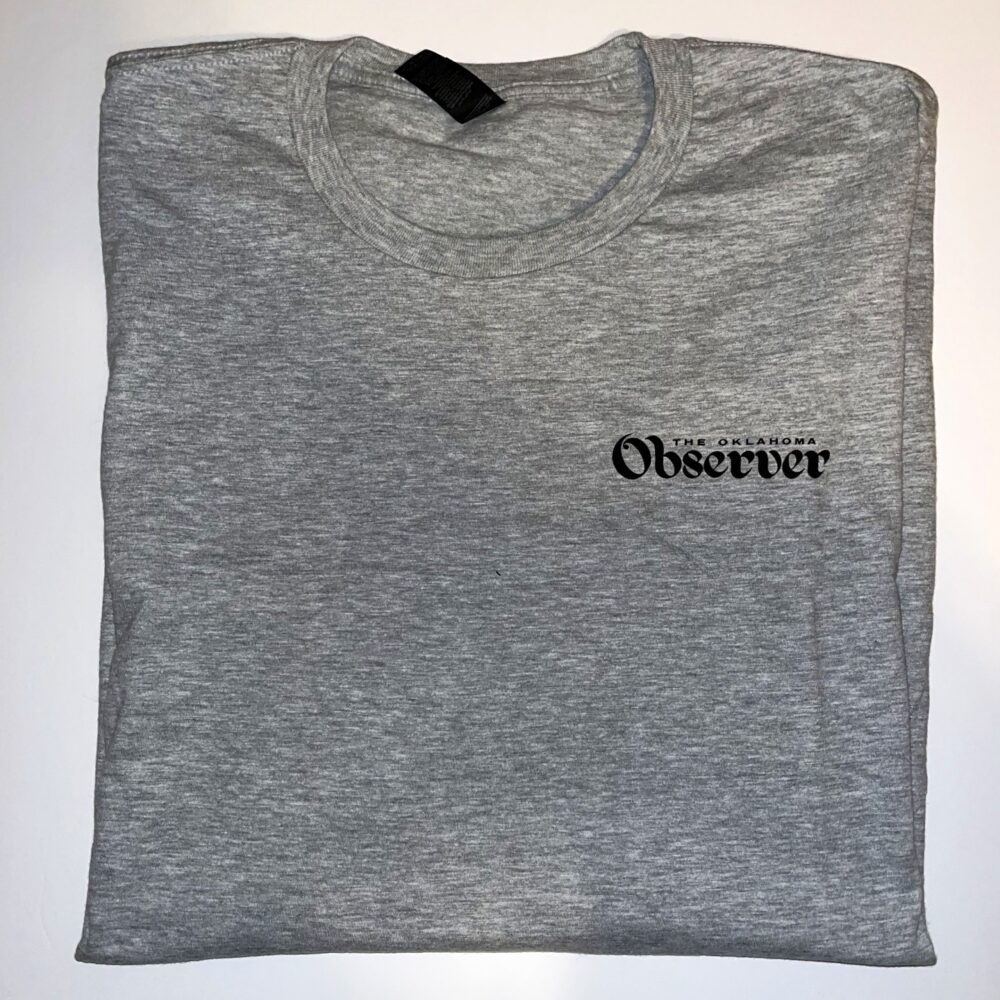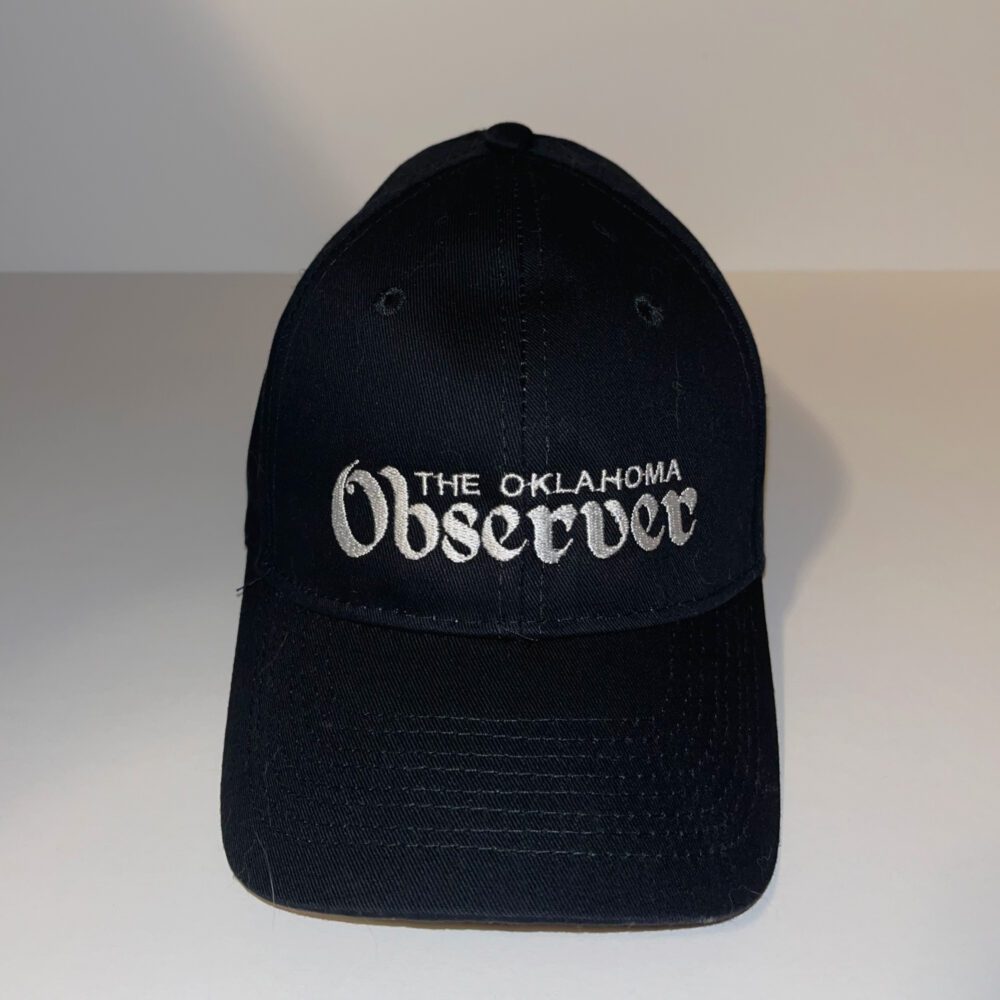Baseball Opening Day stands as one of my two high holy days each year. [The Indy 500 being the other.] The heretical, money-grubbing travesty that took place in Japan on March 18/19 does not count in my liturgical calendar though it delighted local fans who got to see mega-superstar Shohei Ohtani strut his exceptional talents.
Opening Day was March 27, with too many teams starting their games at the same time for my listening pleasure. Days leading up to the first pitches provide a time for reflection and anticipation. This year they also carried a sad resignation.
The National Baseball Hall of Fame [Hall of Fluky Favoritism] no longer deserves my attention. It serves only to frustrate and aggravate me – and insult some of the best players in baseball history.
Another such silliness arose when Ichiro was denied unanimous election because one writer left him off the ballot. Anonymous stupidity such as this rates on par with those social media moops who hide behind aliases. It is a gutlessness that shames the profession.
A third absurdity surfaced in The Case of Similar Second-Sackers. Dustin Pedroia and Ian Kinsler played from 2006 to 2018, mostly in the American League. Kinsler’s last year in 2019 was a short stint with San Diego. Pedroia finished out his career with a few games in Boston.
They were both on the ballot for the first time last fall. Pedroia garnered 11.9% of the votes and will remain on the ballot next year. Kinsler managed 2.5% and gets no further chances. [It takes a 75% vote to get elected, a 5% result to stay eligible.]
Their records are almost interchangeable. Kinsler has an edge in Wins Against Replacement [53.8 to 51.9], runs [1,243 to 922], hits [1,999 to 1,805], RBIs [909 to 725], home runs [257 to 140], stolen bases [243 to 138] and slugging percentage [.440 to .439]. Pedroia tops Kinsler in a modified WAR rating [41.0 to 38.4], batting average [.299 to .269]; on-base percentage [.365 to .337] and on-base plus slugging [.805 to .777]. The Jaffre WAR System shows them dead even at 56.9.
Playing at the same time against the same competition, Pedroia and Kinsler accomplished pretty much the same things. Oh, but Pedroia was doing it for the Boston Red Sox, darlings of the Eastern Sports Preference Network and the rest of the East Coast media, while Kinsler labored mainly for Texas and Detroit before slipping in at the end of 2018 to replace the injured Pedroia and Eduardo Nuñez as the Red Sox won the World Series.
Does Pedroia deserve twice the support of Kinsler? Do either one of them deserve Hall of Fame recognition? Well, if one of them does, doesn’t the other? Their WARs are comparable to many members and better than some.
The biases of Baseball Writers Association voters remind us of Oklahoma sportswriter Berry Tramel’s refusal to vote for any athletic awards, saying that he considered his job to be reporting the news, not making it. That many writers insist upon making news while omitting their by-lines makes that vote even more suspect.
These are the same high-minded writers who enshrined the popular David Ortiz and Ivan Rodriguez, both accused of using performance enhancing drugs, while holding suspected or proven PED usage against votes for Barry Bonds, Sammy Sosa, Rafael Palmeiro, Roger Clemens, Mark McGwire and Alex Rodriguez.
The writers were also the first line of offensiveness in the plot against Lou Whitaker, whose 75.1 WAR is higher than all but six second basemen in the history of the game. The Hall of Stats also rated him as the sixth best at his position over the past 150 years. [The Hall of Stats gives Pedroia the nod over Kinsler at 102 to 99.5.]
The Whitaker Insult, for it can be described no other way, has now been appropriated by the HoF veterans committees. He is currently under the consideration of the Contemporary Baseball Era which looks at players from 1980 forward. In a previous incarnation as the Modern Baseball Era Committee, this group chose to honor Whitaker’s constant keystone companion Alan Trammell.
Whitaker and Trammell played beside each other for a record 1,918 games over 19 seasons. You can’t find a more equitable comparison in the sport.
Whitaker holds a WAR advantage of 75.1 to 70.6. He also holds the advantage in hits [2,369 to 2,365], home runs [244 to 185], runs [1,386 to 1,281], RBIs [1,084 to 1,003], on-base percentage [.363 to .352], slugging percentage [.426 to .415] and on-base plus slugging [.789 to .767]. Trammell had a higher batting average [.285 to .276] and more stolen bases [236 to 143], more Gold Gloves [4 to 2] and more All-Star selections [6 to 5]. He also received more MVP consideration.
Start with the injustice that the writers voted in neither of them when they had the chance, then compound that with a veteran board picking one over the other – and, as it happens, the one with slightly lesser credentials. It is not his fault, but a fact of circumstance, that Trammell has the 11th best WAR among shortstops while Whitaker ranks sixth among second basemen. The Hall of Stats shows Trammell as the 12th best shortstop ever. As mentioned, Whitaker is sixth.
These guys deserved Hall of Fame status years ago, entering together as was the case with Tinkers, Evers and Chance – truly dominant players of their era playing for the most successful teams in history. I hope that the determining factor behind Trammell making the Hall while Whitaker hasn’t is not based on the color of their skin.
Writing about Hall of Fame politics four years ago, I observed that there were varying degrees of greatness: those among the greatest ever, a second tier of really, really good players and a larger selection of damn good ballplayers. Sometimes those in the third group leapfrog others with better stats.
For my example, I said: “Let’s say you have a favorite player with a pretty decent career, say someone with a WAR between 44.3 and 44.6. Chuck Knoblauch, Rocky Colavito, Matt Holliday, Troy Tulowitzki and Nomar Garciaparra were stars, the last two derailed by injuries. Looking down the WAR list of position players, you’ll find two dozen Hall of Famers [and hundreds of other players] before you get to HoFer George Kelly at 24.9.”
One doesn’t have to equal Ruth, Aaron, Musial, Ott, Frank Robbie, Clemente or Kaline to be considered a great right fielder.
That aggregate exceeds the next group greats [including Reggie Jackson, Harry Heilmann, Paul Waner, Sam Crawford and Larry Walker] by at least 18 WAR. Ruth amassed a batting WAR of 162.2, but Henry Aaron, second on the list, has a WAR of 143.2, nearly twice that of Reggie’s 74.0 at 10th in RF War.
I mention right fielders because last fall the Classic Era Committee [pre-1980] – while finally recognizing Dick Allen – looked out with its infinite wisdom and picked Dave Parker for Cooperstown.
Parker was a force to be reckoned with for five years. But his 40.1 WAR ranks 56th among right fielders, behind the aforementioned Colavito [44.5] and others, including the always slighted Reggie Smith [64.6], who would have been in the era category as Parker. Parker played more games after 1980 than before, but steady production and some gaudy raw stats aside, his greatest era of production was the ‘70s.
The point is not that Parker was not a great player. He was. But his idiosyncratic selection to the Hall of Fame does not makes him a better player than Hall exiles such as Bobby Bonds, with a WAR of 57.9, and a bad disposition that folks found off-putting – and off-the-ballot putting.
Then, too, there is the contingent of third basemen from Parker and Allen’s era who some might argue deserve consideration: Graig Nettles [67.9 WAR], Buddy Bell [66.5], Ken Boyer [62.8], Sal Bando [61.5] and Darrell Evans [58.7].
Nettles, Bell, Boyer and Bando all rate ahead of Allen [58.7 WAR], with Bell an exceptional fielder, Nettles even better and Boyer and Bando solid defensively. Allen grades out as the worst defensive third baseman [-16.3 WAR] among the top 500 third basemen listed by Baseball Reference. He also played some at first.
Nettles and Evans are poster boys for the sabremetrics crowd. Both of them finished with .248 batting averages, but their walks, power and production tilt the new baseball math heavily in their favor.
So, with the clock ticking on Opening Day, I resolve to not let the personal prejudices of Hall of Fame voters and often crony-ridden committees upset my equilibrium. I have shown with only a handful of the overwhelming evidence that neither group can be trusted to serve as gatekeepers for apotheosis. St. Peter they are not.
I’ve been studying the game for 68 years. I can construct my own Hall of Greatness – and keep it as flexible as the great flux that rules us all. I trust my judgment – more than I trust Rangers pitching or the Cardinals front office.







